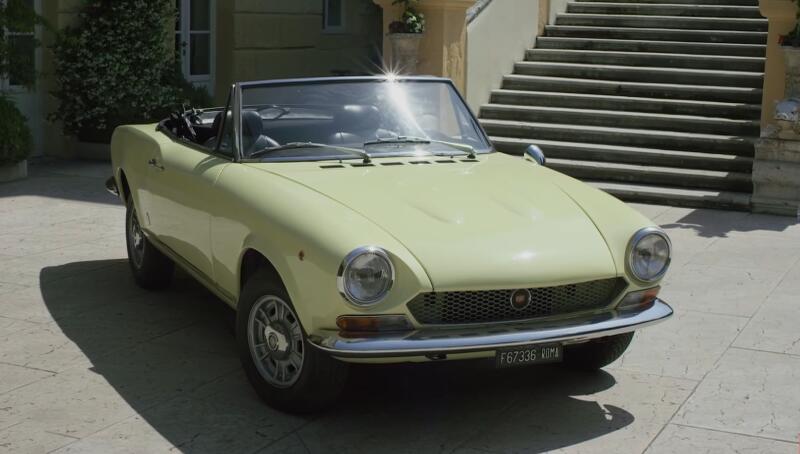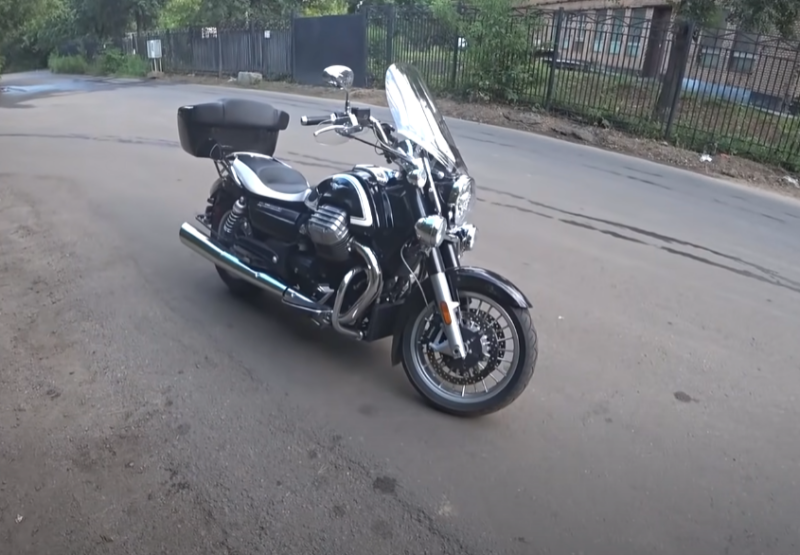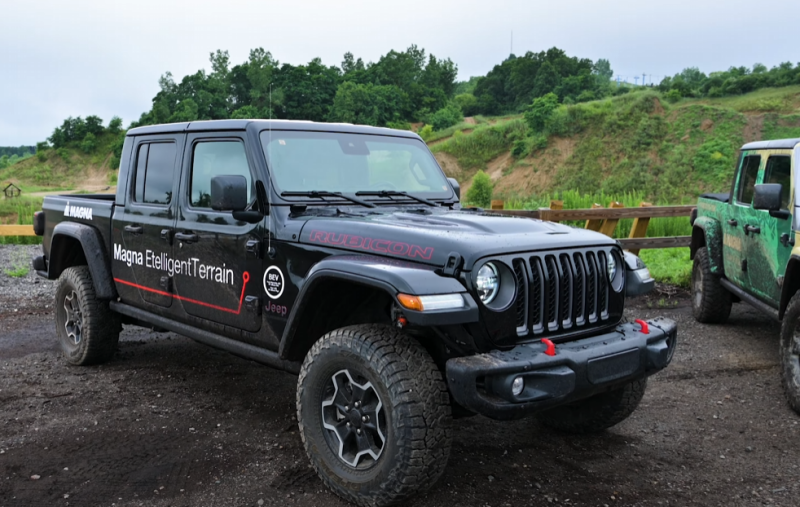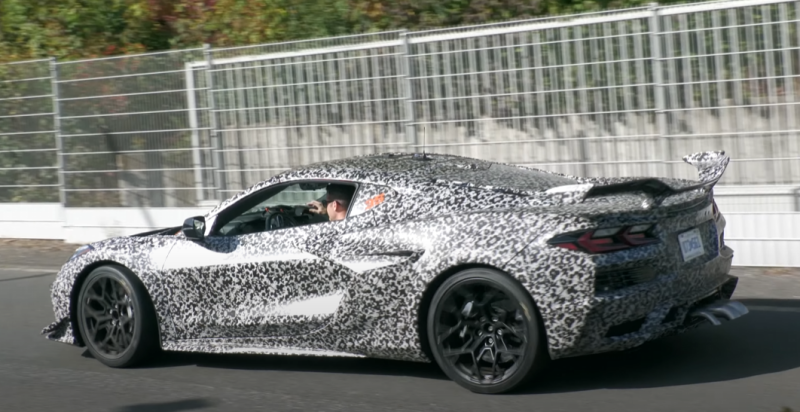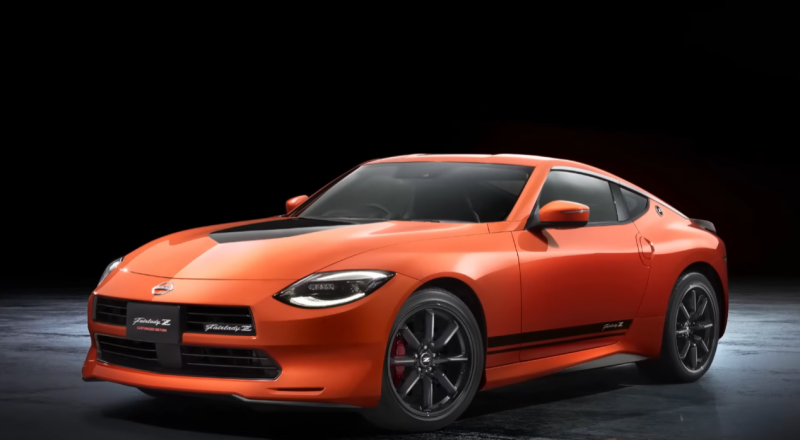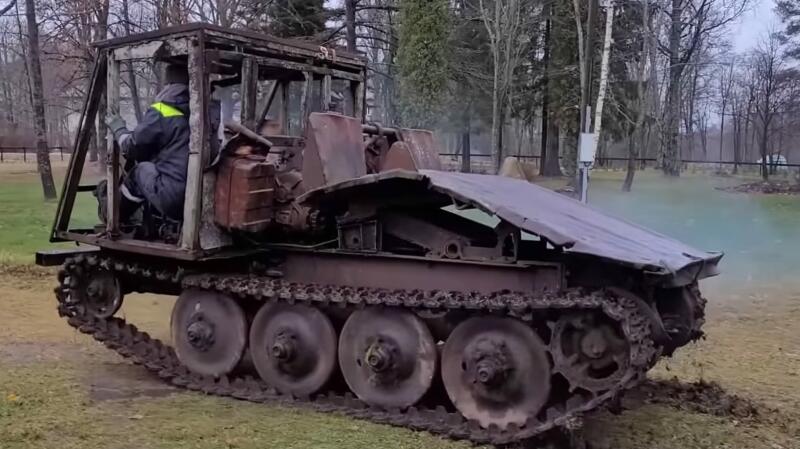Home
"Forty-first" appeared before its competitor for one year, in 1986. It was a car that differed sharply from its predecessors in literally everything: appearance, drive, interior and cost. The latter was higher than that of the VAZ-2109, which went into production a year later. The difference was 10%. "Moskvich" was initially prepared for the place of a prestigious car.
 In the future, AZLK was going to produce many modifications of its new model. Photo: YouTube.com
In the future, AZLK was going to produce many modifications of its new model. Photo: YouTube.comIn fairness, it must be said that at the very beginning it was so. In addition, it’s not so easy to buy another “forty-first”: for example, in 1987 VAZ produced 25 thousand “nines”, and in 1988 already more than 101 thousand.
 The first "Samara" had a short wing and a "mask" on the front. Photo: YouTube.com
The first "Samara" had a short wing and a "mask" on the front. Photo: YouTube.comWhile in AZLK 5344 and 21812 copies left the assembly line, respectively. And then in the latter case, the 8740 "Aleko" had a "six" VAZ engine (the majority received a 1,5-liter UZAM engine).
In total, VAZ produced more than 1,5 million "nines", AZLK - 612 thousand 030 units of the model.
Upgrades
The Nine was constantly being improved: by the very end of the 80s, it had acquired a more powerful 1,5-liter engine (initially there was a 1300 cc engine). In terms of the exterior, they began to make the car with a long wing (they stamped with a short car until 1994), removing the “ski mask” on the front. Ten years later, the VAZ-2109 began to equip the engine with distributed injection, and the interior received a “high” center console panel. In this "image" the car was produced until 2004, until it gave way to its restyled version - VAZ-2114.
 There is already a long wing. Photo: YouTube.com
There is already a long wing. Photo: YouTube.comBut this is not all the ups and downs that happened with the modernization of the car! AvtoZAZ, located in a neighboring country, also produced “nines” from car kits supplied by VAZ.
 Europanel from 2114 in Samara can be installed independently. Photo: YouTube.com
Europanel from 2114 in Samara can be installed independently. Photo: YouTube.comAnd in 2007, he began to equip them with a Eurosalon, which was installed in Samara-2. The plant produced such a “modernized” VAZ-2109 right up to 2012, that is, 35 years from the date of launch into the series.
AZLK
In the "forty-first" everything was not so rosy. Both technically and externally, the car has remained virtually unchanged for ten years. Except for the boring of the Ufa engine up to a volume of 1,7 liters. In 1998, when a default “swooped” into the country, the production of “Svyatogor” began. The car received "slant" Hella optics and a Renault F3R engine.
 With narrowed optics, the Svyatogor looked more stylish than the usual 2141. Photo: YouTube.com
With narrowed optics, the Svyatogor looked more stylish than the usual 2141. Photo: YouTube.comIn this form, the car left the assembly line until 2001, when the plant stood up, and then closed.
 AZLK workshops in the early 2000s. Photo: YouTube.com
AZLK workshops in the early 2000s. Photo: YouTube.comAnd recently they were selling incomplete cars.
Exteriors
Despite the fact that the cars have some external resemblance, their design belongs to completely different schools. VAZ-2109 with angular lines and flat parallels resembles the Italian style Folded Paper, i.e. "cut paper". Outwardly, the "nine" is similar to the Skoda Favorit, Lancia Delta.
 There is some resemblance to the Lancia Delta, but not very much. Photo: YouTube.com
There is some resemblance to the Lancia Delta, but not very much. Photo: YouTube.comThe contours of "Moskvich-2141" turned out to be smoother. However, its appearance clearly echoes the French models already in the mid-70s: Simka 1308 (“Car of the Year-76”) and Talbot Solara (front).
 Ahead and to the side, AZLK really looks like a Talbot Solara. Photo: YouTube.com
Ahead and to the side, AZLK really looks like a Talbot Solara. Photo: YouTube.com"Nine" looks more dynamic, but it lacked "detail". The short wing variant is replete with gaps on the front end, and the later Samara lacks the integrity of the image, which was somehow solved in 2114. The Aleko is more elegant in this regard with its turn signals that “wrap” on the wing, an overlay between the rear lights (the “nine” has just metal there) and wheel covers.
 AZLK does not need a rear wiper blade. Photo: YouTube.com
AZLK does not need a rear wiper blade. Photo: YouTube.comIt is impossible not to mention the excellent aerodynamics of the “forty-first”: thanks to its thoughtfulness, a wiper on the rear window is not needed! Do you remember the VAZ-2109? After a couple of kilometers of driving in the rain, only the “embrasure” is visible in the salon mirror, which is pierced by the wiper (if it works).
 Porsche 924: look at the handles! Photo: YouTube.com
Porsche 924: look at the handles! Photo: YouTube.comIt is interesting to compare the door handles of the models. For VAZ-2109, these are elements with tongues borrowed from ... Porsche 924 (so the legend says!). "Moskvich" handles need to be pulled up - just like the modern Logan. Disadvantages: the silumin tongue often broke off on the Samara, and on the Aleko the black factory paint furiously peeled off the openers.
What's inside
In the cabin - the realm of plastic. The interior of these models is seriously different from its predecessors, where it was found, for example, in the "penny", and bare metal. There are already molded parts, “own” door cards, a developed center console and anatomical chairs with headrests. True, the latter in the "forty-first" were unlikely to be able to perform their functions due to their far location from the back of the head of the driver and passenger.
The “nine” panel is lower, which gave it some “airiness”, and even looked more attractive than the “Moskvich” one. But with the instruments it turned out to be somehow rather poor: there is no tachometer, oil pressure indicator, which were present on the VAZ-2103-06. 2141 also has a "counter" of engine revolutions, plus an econometer (it was on the VAZ Sputnik).
 AZLK has a tachometer. Photo: YouTube.com
AZLK has a tachometer. Photo: YouTube.comIn both models, there were obvious ergonomic miscalculations. A driver of small stature could comfortably sit in Samara. If you tune in correctly on the steering wheel, the pedals and the gearshift lever will be far away. And if on the contrary, you will have to strongly bend your elbows. Yes, and the wiper switch is located too close to the "steering wheel": at first you will definitely touch it with active steering.
 Behind in 2109 is clearly cramped. Photo: YouTube.com
Behind in 2109 is clearly cramped. Photo: YouTube.comIn "Moskvich" is also imperfect: with a high landing, the roof hangs over the driver. In addition, for some reason she lost the pens that are in the "nine". And the most important buttons of the “forty-first” are unknown why they were disguised behind the wheel on the right: you can only find them while driving by touch. But AZLK clearly wins in space: it is longer, wider: in the VAZ, the rear passengers are completely uncomfortable. However, there was a common thing in the interiors of Soviet models - “singing crickets”! Plastic parts reminded of themselves from all angles. According to the German newspaper Auto Zeitung, these elements "lived a life of their own".
 In AZLK, the back is more spacious. Photo: YouTube.com
In AZLK, the back is more spacious. Photo: YouTube.comThe luggage compartment deserves special mention. When folding the rear seats, it increased significantly (Moskvich has more). But there was a common minus both there and there: when loading things, they need to be lifted almost a meter from the ground, and even rolled over the tailgate.
 Spare wheel in the "nine" - under the contents of the trunk. Photo: YouTube.com
Spare wheel in the "nine" - under the contents of the trunk. Photo: YouTube.com"Reserve" is also not a gift. On the VAZ-2109, in order to "get it", you need to unload the entire trunk. And on the Moskvich - to show the wonders of gymnastics in order to get the wheel fixed on the outside and not get dirty.
The technical side
The suspension of the "forty-first" is much softer, but on the "nine" the steering wheel is "sharper", which is not surprising. From one edge to the other on the VAZ, you need to make 3,5, "Moskvich" - 4,6 turns. Large AZLK wheels of size 165/80 R14 look more harmonious and it is easier to overcome off-road on them. With a braking distance, both cars have approximate parity: from 80 km / h, a stop is after 35-37 m.
 On the front-wheel drive AZLK, the engine was located along the body. Photo: YouTube.com
On the front-wheel drive AZLK, the engine was located along the body. Photo: YouTube.comAccording to the publication “Behind the wheel”, the VAZ-21093 gained a “weave” in 13,5 seconds, the “Moskvich” in 15,2 with the Zhiguli engine and 17,8 with the Ufa engine.
And if you ride them today?
This is how they drive: although the State Recycling Program mowed down a considerable amount of Aleko and Samar. But the secondary market prices vary greatly: a still living "flower bed" can be bought for 25-30 thousand. More well-groomed specimens are estimated at 100-120 thousand rubles. Well, if you need a "time capsule" in good condition, you will have to pay 300 thousand rubles.



